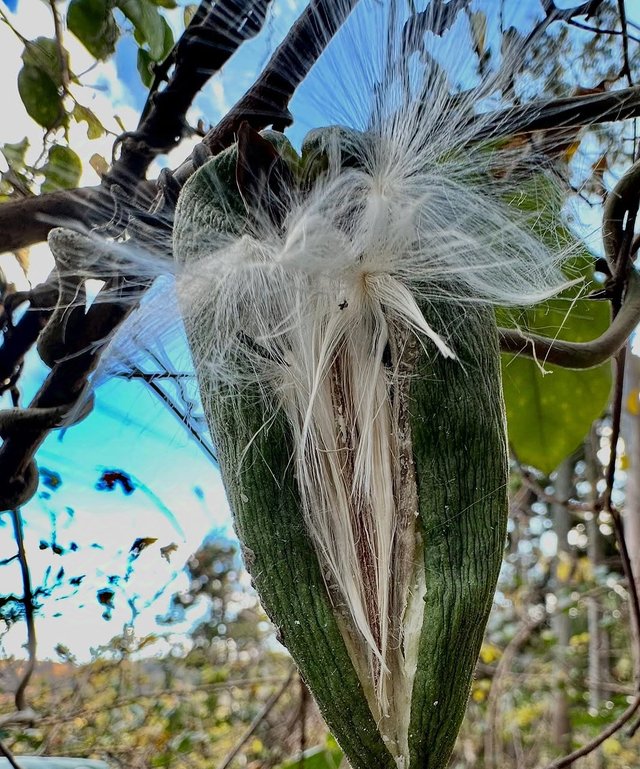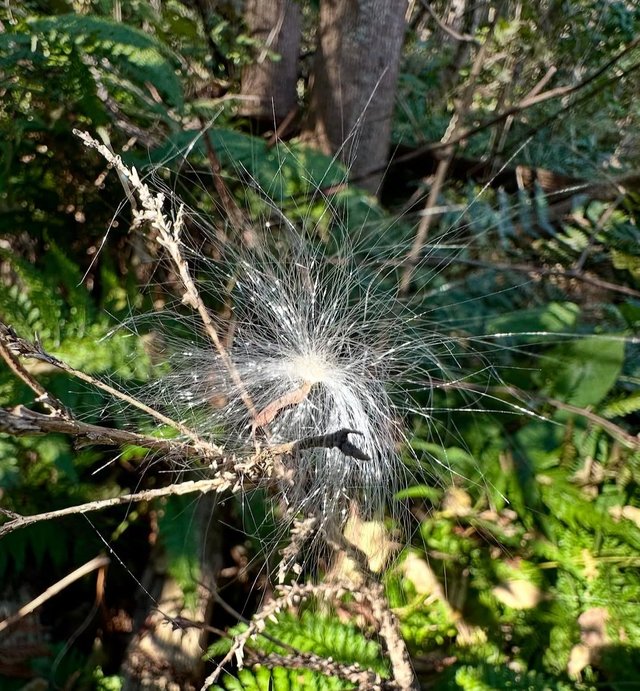Araujia sericifera: A Climbing Marvel with a Dark Side
Araujia sericifera, commonly known as the moth vine, cruel plant, or kapok vine, is a fascinating species of fast-growing, twining vine native to South America. Despite its ornamental appeal and ecological intrigue, this plant has garnered a reputation as an invasive species in several parts of the world. Here, we delve into the characteristics, ecological significance, and the challenges posed by this plant.
Taxonomy and Description
Araujia sericifera belongs to the family Apocynaceae, which includes a variety of climbing and flowering plants. It is a perennial vine known for its vigorous growth and distinctive features:
Leaves: The plant has dark green, heart-shaped leaves that provide a dense canopy.
Flowers: The small, bell-shaped flowers range in color from white to pale pink and emit a sweet fragrance. These flowers bloom from late spring through early autumn and are a significant attractant for pollinators, especially moths.
Fruits: The vine produces large, pear-shaped pods filled with numerous seeds, each equipped with silky hairs that aid in wind dispersal.
Growth Habit: This plant can reach up to 7 meters in length, using its twining stems to climb and envelop trees, shrubs, and structures.
Ecological Role
In its native range, Araujia sericifera plays a role in supporting local pollinators like moths, which are attracted to its nocturnally fragrant flowers. The plant’s fruit serves as a source of food for certain species of birds, while its dense growth provides habitat for smaller animals.
However, when introduced to non-native ecosystems, the plant can have unintended ecological consequences.
Invasive Potential
Araujia sericifera is listed as an invasive species in many countries, including New Zealand, Australia, and parts of the Mediterranean region. Its adaptability and reproductive success make it a formidable competitor to native flora.
Rapid Growth: The plant can grow quickly, smothering native vegetation by outcompeting it for sunlight and nutrients.
Seed Dispersal: Its seeds are dispersed by wind over large distances, making containment difficult.




